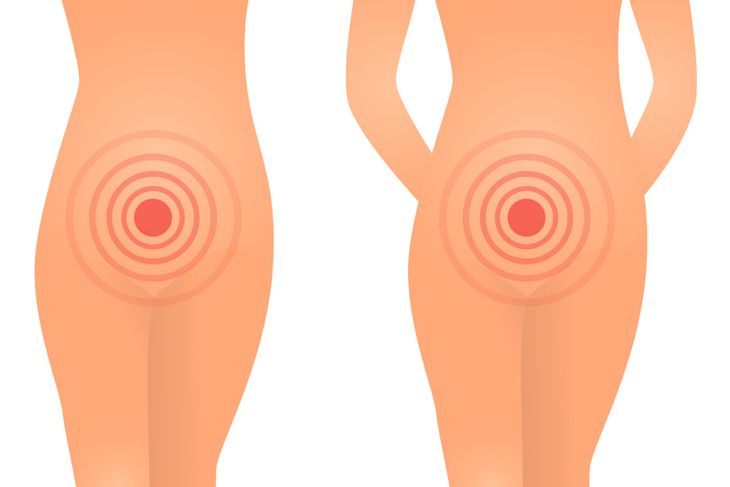Chlamydia is a sexually transmitted disease (STD) caused by a bacterium. It infects men and women of all ages, but it’s most common in young adults. Chlamydia is often called a silent STD because many hosts are asymptomatic, and if symptoms do appear, they tend to be minor or indicative of unrelated conditions. The good news is that chlamydia is easy to treat once the infection is properly diagnosed. However, if undetected, it can cause pelvic inflammatory disease and long-term reproductive damage. Identifying symptoms early is key for the best prognosis.
Vaginal Discharge
Chlamydia is infamous for its silent symptoms, which are subtle enough to go unnoticed. For women, one of the most common and obvious signs of chlamydia is abnormal discharge. Although symptoms vary, this infection is typically associated with yellowish discharge that has a strong odor. Because chlamydia multiplies slowly, it may take several weeks or even months for symptoms to fully develop.
Vaginal Bleeding
Women with chlamydia may experience unexpected vaginal bleeding between their regular menstrual cycles or following intercourse. This symptom may present as spotting, but the bleeding can also be somewhat heavy. Women with this STD may also experience longer periods and heavier menstruation. A medical professional can determine if irregular periods and unexpected bleeding are cause for concern.
Painful Intercourse
More severe cases of chlamydia can cause painful intercourse, especially for women. The bacterium that causes chlamydia inflames the uterus, cervix, and vaginal lining, which can result in skin irritation, swelling, and sensitivity. Women who experience painful intercourse should seek medical attention to rule out chlamydia and other health problems.
Urinary Issues (Women)
Some women with chlamydia experience difficulty passing urine. The need to urinate may come on suddenly or more often than usual, an issue defined as urinary urgency. The infected individual may even feel a burning sensation or mild to moderate pain while relieving themselves. The urine that comes out may be cloudy or have an unusual odor. In rare cases, blood may be present, which could be a sign of advanced infection.
Penile Discharge
Men present with visible signs of chlamydia more often than women, although asymptomatic infections are quite common. The most frequently reported symptom is penile discharge. This watery or mucoid fluid may be clear or foggy and is easy to distinguish from semen.
Painful Urination (Men)
Painful urination is one of the most common symptoms in men who have chlamydia. Nearly half of men with chlamydia report this symptom. Urinary discomfort occurs due to inflammation and skin irritation that develops when bacteria invade the urethra. The pain is usually mild to moderate, but it can be severe in advanced cases.
Testicular Pain and Swelling
In men,chlamydia infections can cause unilateral testicular pain, tenderness, and swelling. Individuals may notice constant or intermittent discomfort ranging from a dull ache to intense throbbing. Testicular pain is typically associated with severe infections, which can result in sterility and long-term complications .
Anal Swelling
Rectal chlamydia infections occur in men and women. This condition typically develops following anal intercourse, but the bacterium can also be transmitted on the hands or by mouth. Symptoms include anal pain, rectal swelling, and uncomfortable bowel movements.
Low-Grade Fever
Men and women who have been exposed to chlamydia may notice general symptoms of an infection, such as fatigue, nausea, or a low-grade fever. In women, fever is sometimes accompanied by abdominal or pelvic pain. This secondary symptom is less common in men.
Conjunctivitis
The bacterium that causes chlamydia can also affect the eyes following exposure to infected bodily fluids. Sneezing, sharing towels, and touching the eyes are a few of the most common transmission methods. Symptoms of this infection include redness, pain, and watery discharge. Thanks to antibiotics, chlamydia-related conjunctivitis has become less prevalent; however, it was once a leading cause of blindness in the developing world.

 Home
Home Health
Health Diet & Nutrition
Diet & Nutrition Living Well
Living Well More
More




















